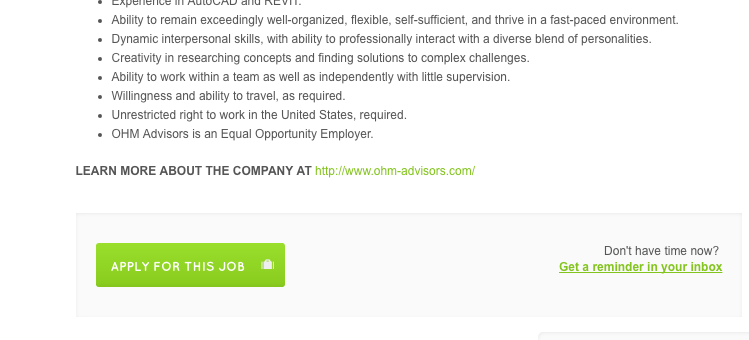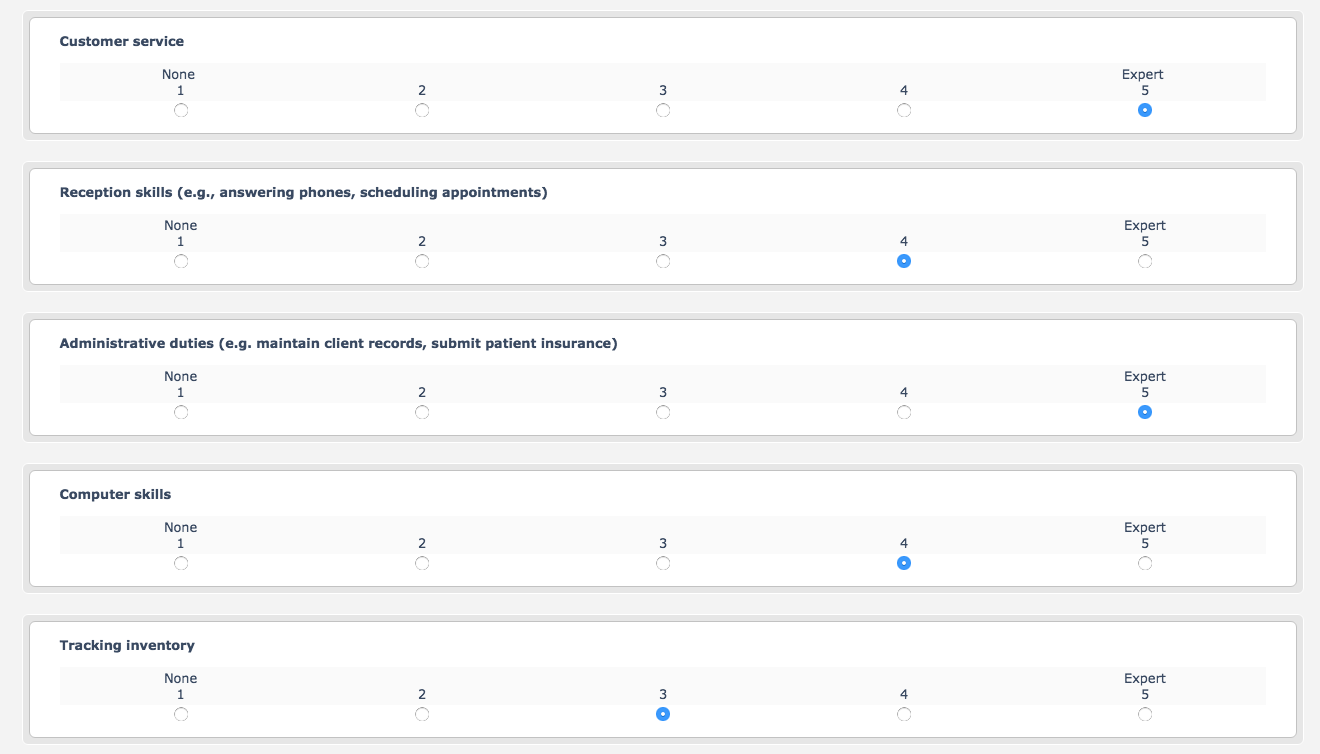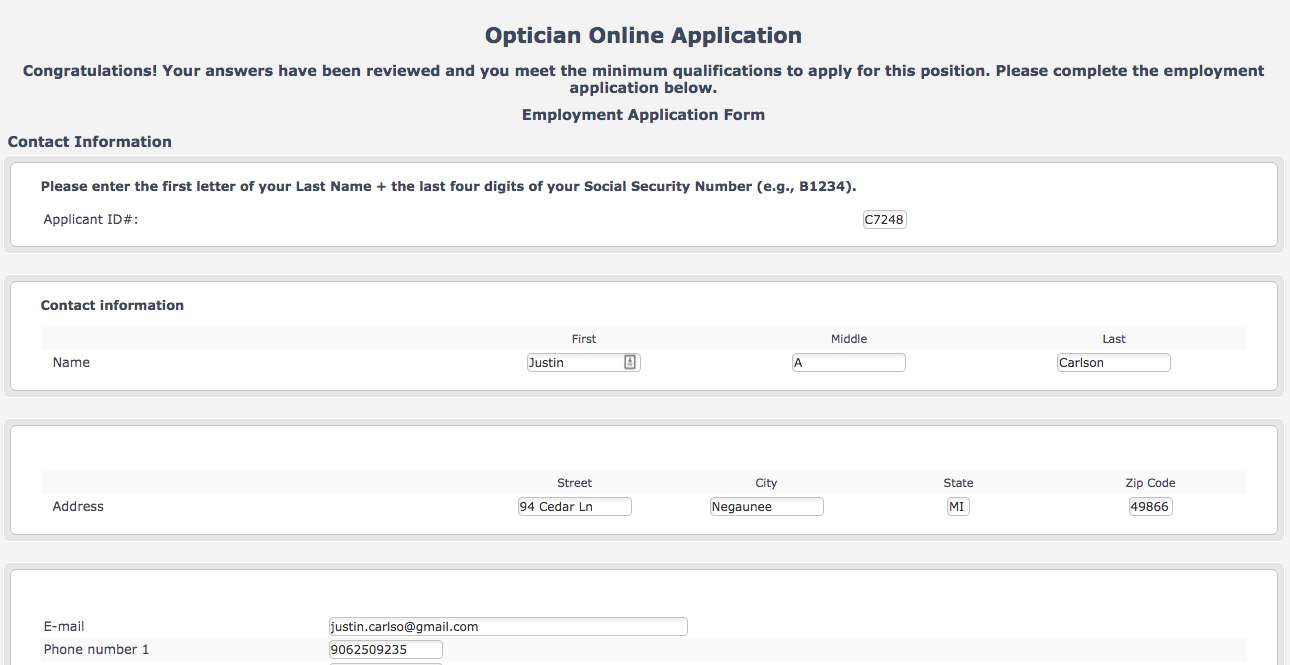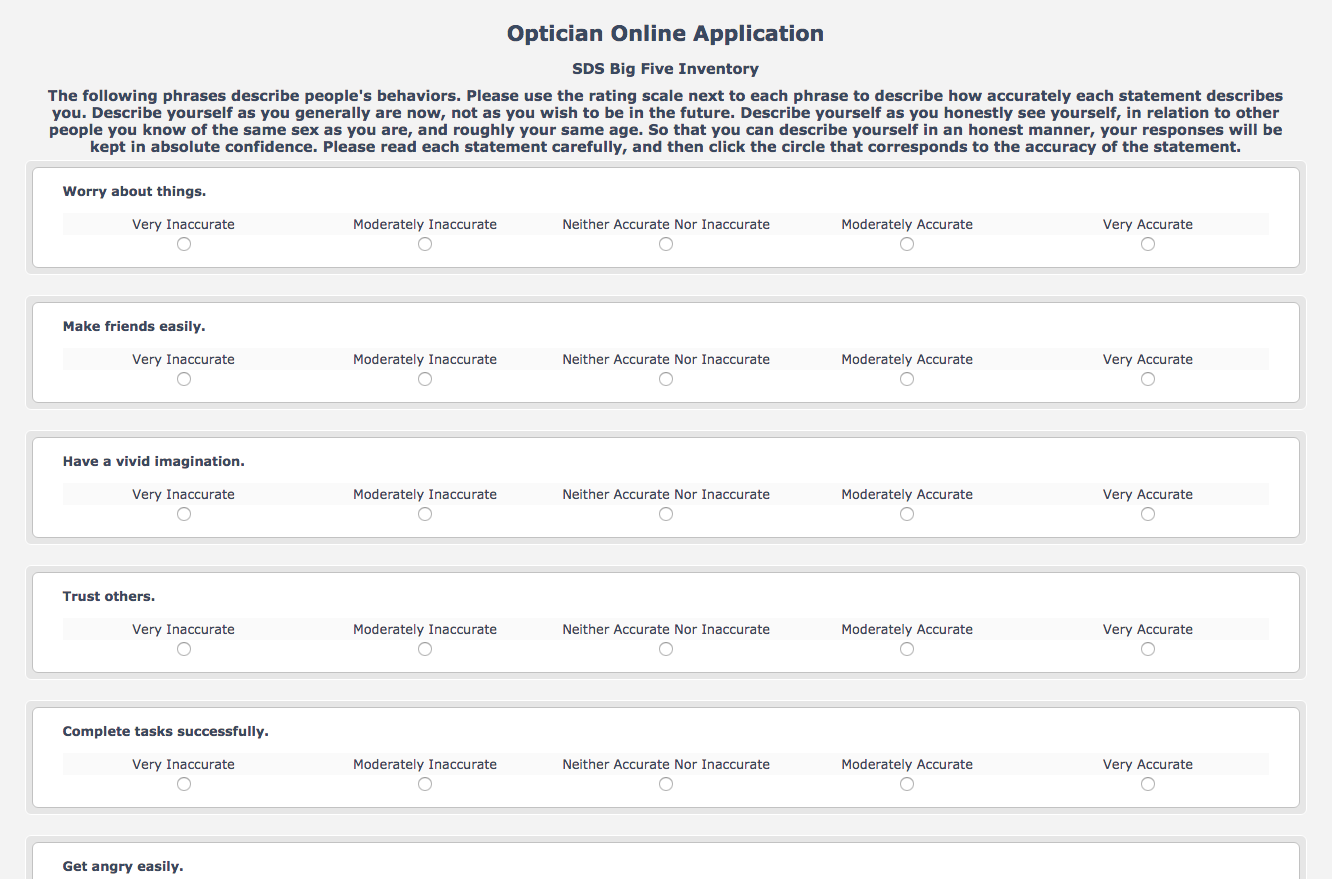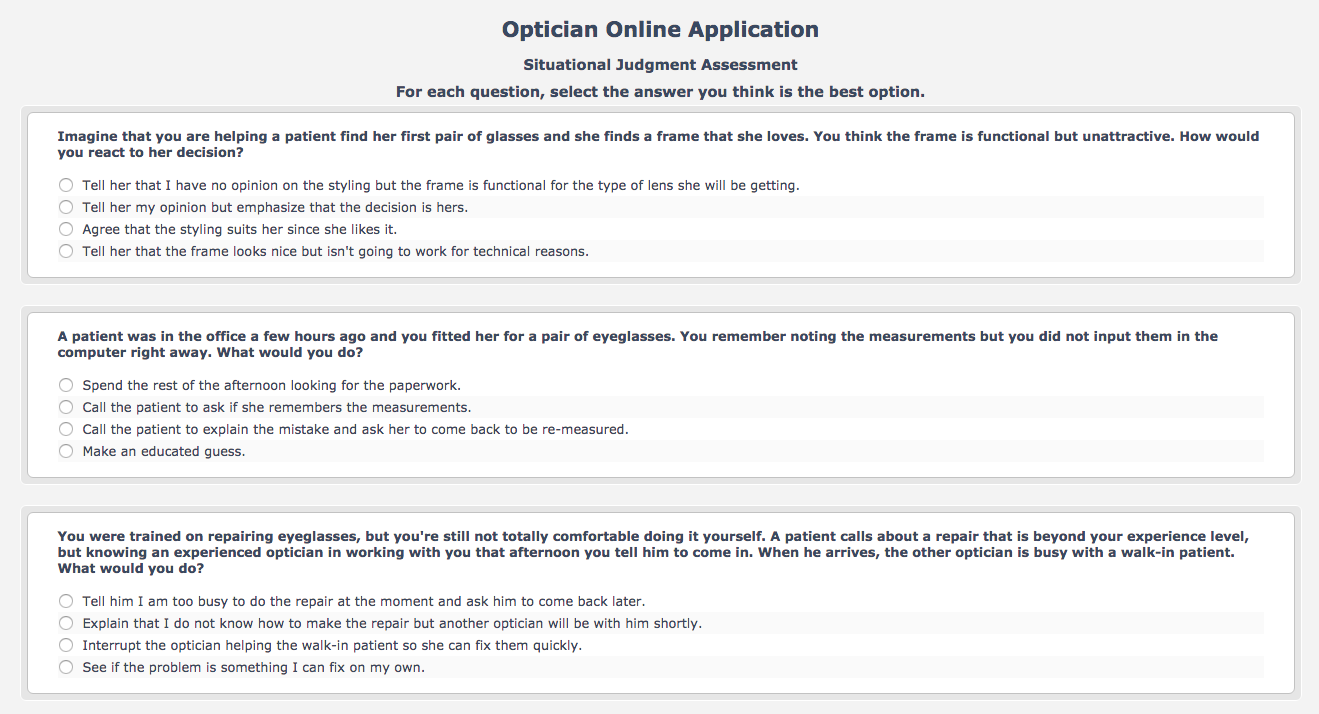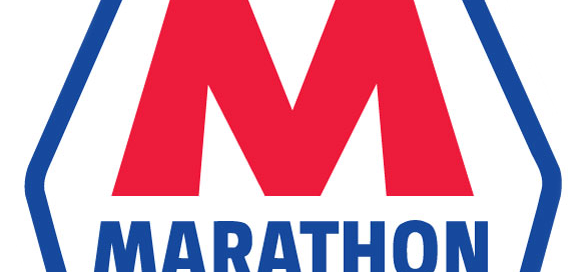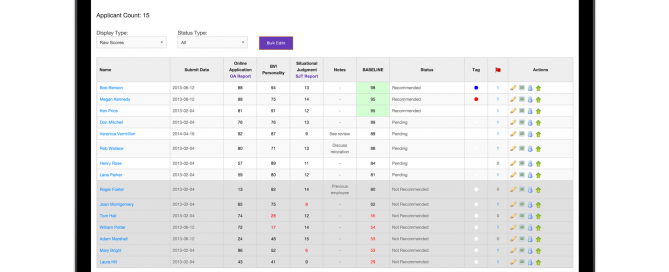Five Unique Ways to Widen Your Candidate Pool
Finding qualified candidates can be a challenge, especially when it seems like the same types of people are throwing their hat in the ring. The following tips can help you approach the hiring process from a new direction, realize new opportunities to widen your candidate pool, and ultimately streamline your hiring process.
A more diverse candidate pool means more options, and that means higher chances of finding an experienced and dedicated long-term employee.
Attract more candidates to your open positions while increasing the chances of filling those positions with the most qualified applicants by leveraging these tips:
Highlight Your Company Culture
One of the most important ways an organization can widen their candidate pool is to simply be transparent. Job seekers in today’s business world are looking for much more than just competitive compensation and benefits packages. They want to be part of a company that resonates with them on a personal level. Company culture plays a vital role in the hiring process.
According to a Deloitte study, 94% of executives and 88% of employees believe strongly that a distinct company culture is vital to a business’s success.
Think of the aspects of your company culture, your workplace, and your team that make your brand unique, then leverage these as selling points when you post job listings and interview potential candidates.
Expand Your Hiring Criteria
Hiring can be difficult, and that’s why many companies are simply turning to recruiting services to handle it for them. In fact, about 40% of U.S. companies have turned to recruitment process outsourcers to find new candidates.
Consider the positions you’re trying to fill and think carefully about whether your posted criteria are too stringent. By lowering your hiring requirements a bit, you could be opening up your potential candidate pool by a wide margin.
Launch a Social Media Recruitment Campaign
The business world has a firm foothold in social media. Regardless of legalities, about 70% of employers use social media to screen potential employees.
Virtually everyone has some kind of online profile, so why not try to forge some meaningful connections with potential applicants?
Work with your marketing team or with your outsourced hiring specialists to come up with an effective social media strategy that targets people who resonate strongly with your company’s mission and values.
Get Creative With Job Postings
The average corporate job posting will attract about 250 applicants, but the company will likely only call a handful of those applicants for an interview.
Review the job postings you currently have open and try to read them from a job seeker’s perspective.
Does it read as a standard job posting, or does it offer potential candidates something unique? What type of language does it use? Are compensation and benefits details thorough and enticing?
Experimenting with new forms of job postings can have excellent results.
Work With a Talent Analytics Firm
After widening the pool, you need a process for finding the best applicant among a sea similar candidates. Investing in a new hire is both time consuming and expensive, so doing it right the first time can boost your efficiency and your bottom line. One way to make your hiring processes better is by using a talent analytics firm.
Find candidates who are suited to the position, fit in with company culture, and are in it for the long haul.
These tips can help your company rethink your hiring strategy and not only attract more candidates, but also increase the number of applications you receive from candidates who align with your company’s values, mission, and culture.
Sources:
https://www2.deloitte.com/content/dam/Deloitte/global/Documents/About-Deloitte/gx-core-beliefs-and-culture.pdf
https://hbr.org/2019/05/recruiting#your-approach-to-hiring-is-all-wrong
https://www.entrepreneur.com/article/323189
https://www.inc.com/peter-economy/19-interesting-hiring-statistics-you-should-know.html









